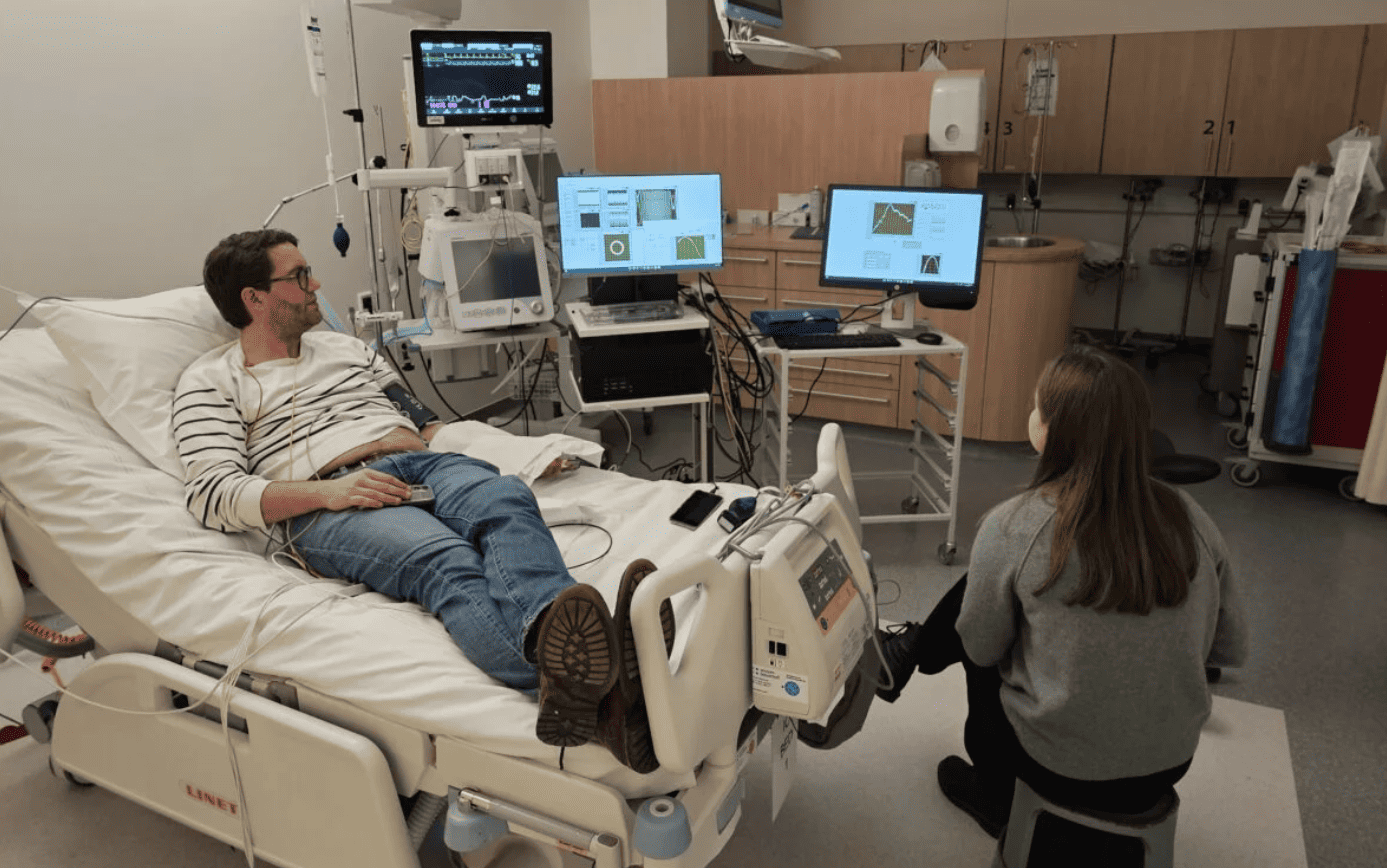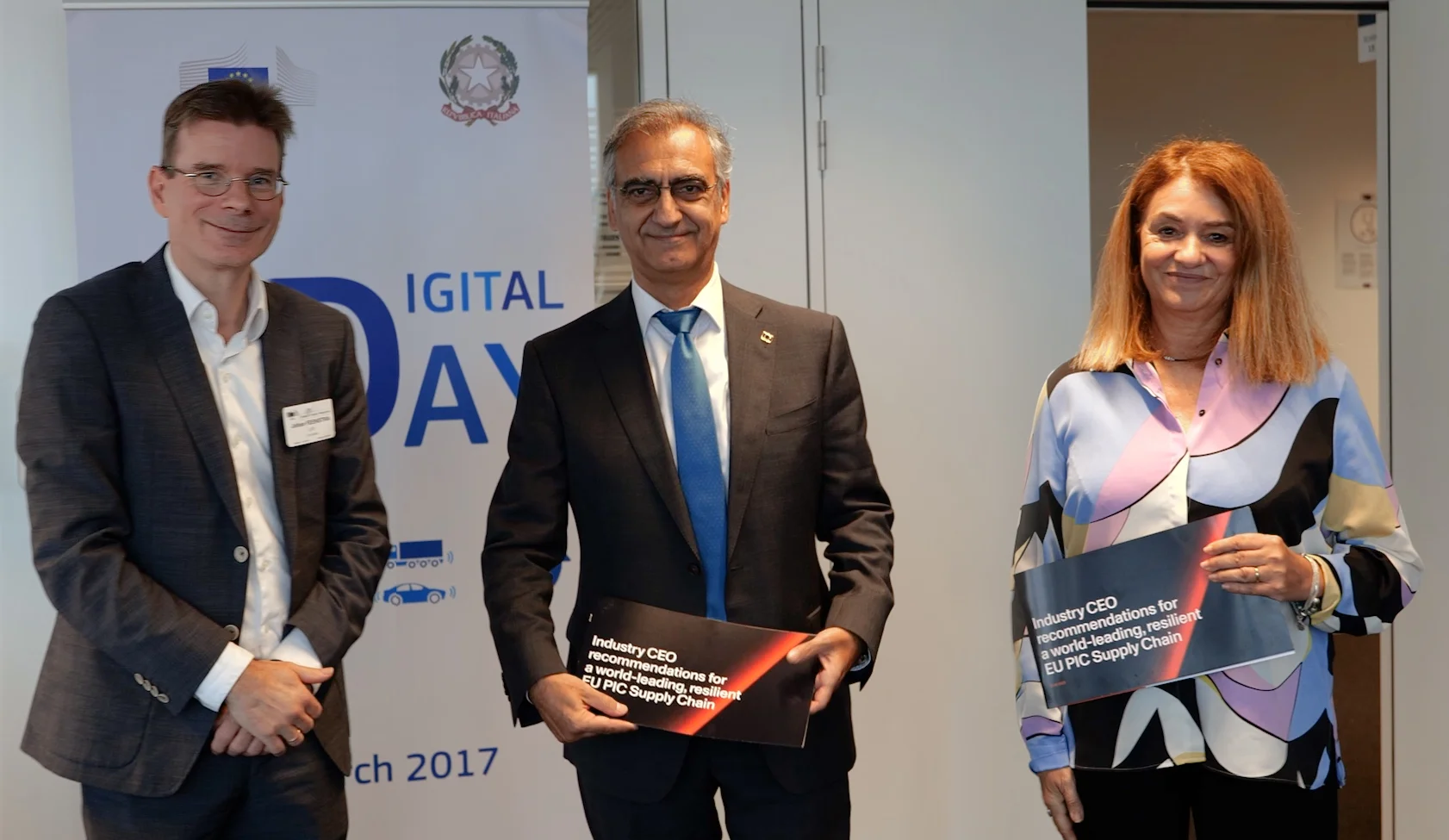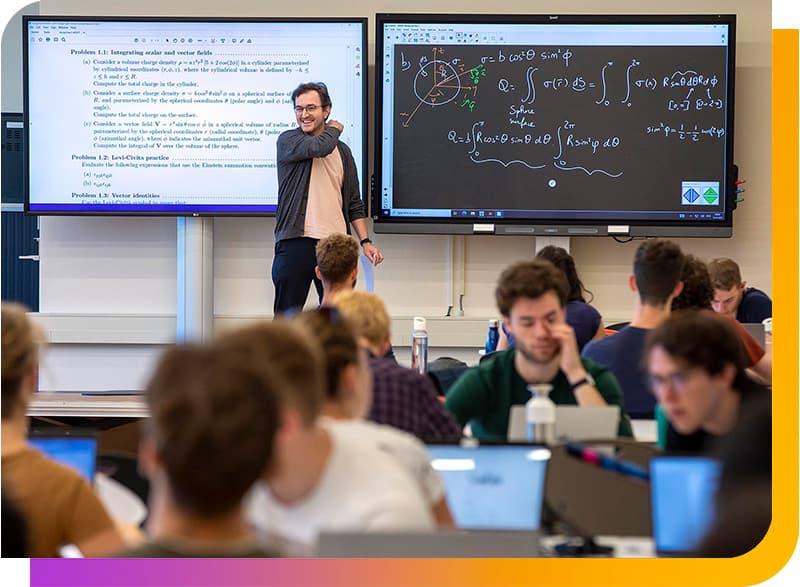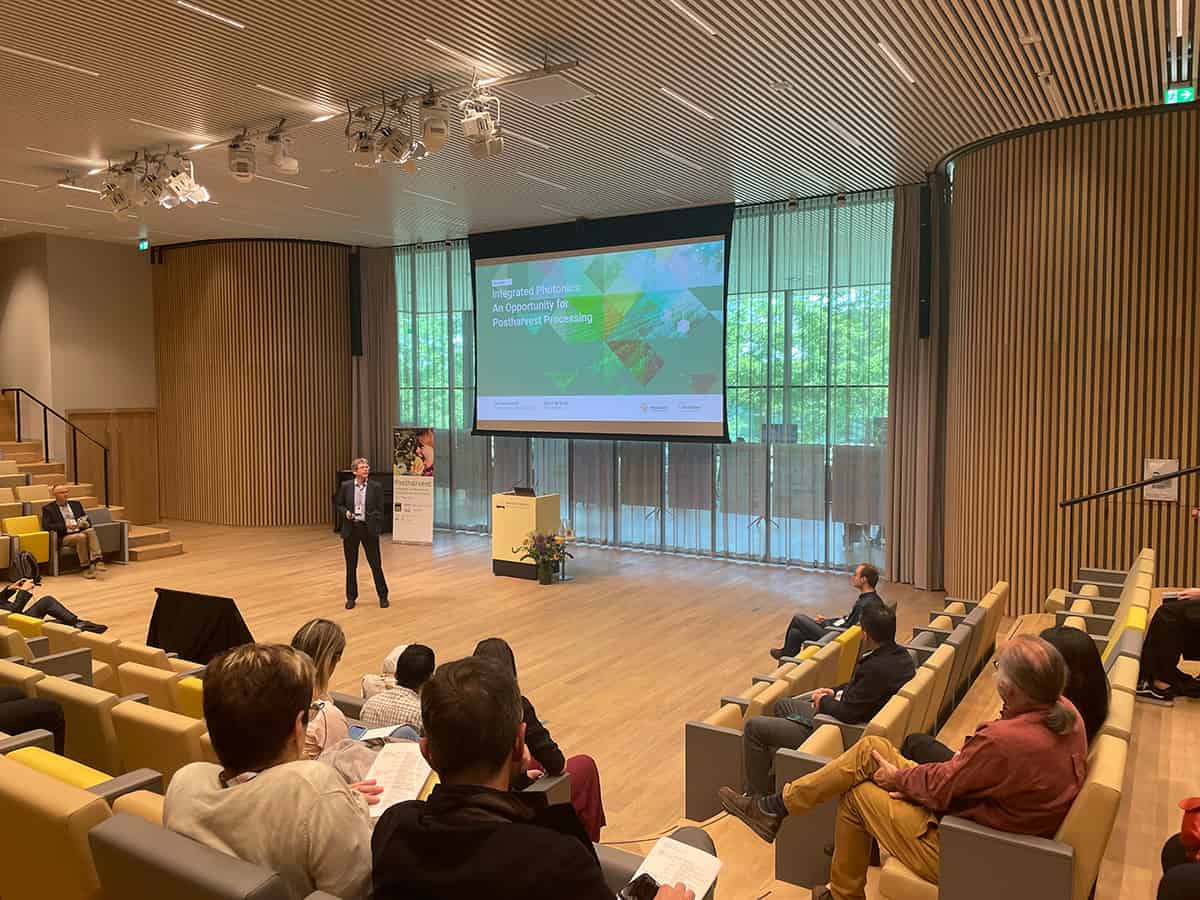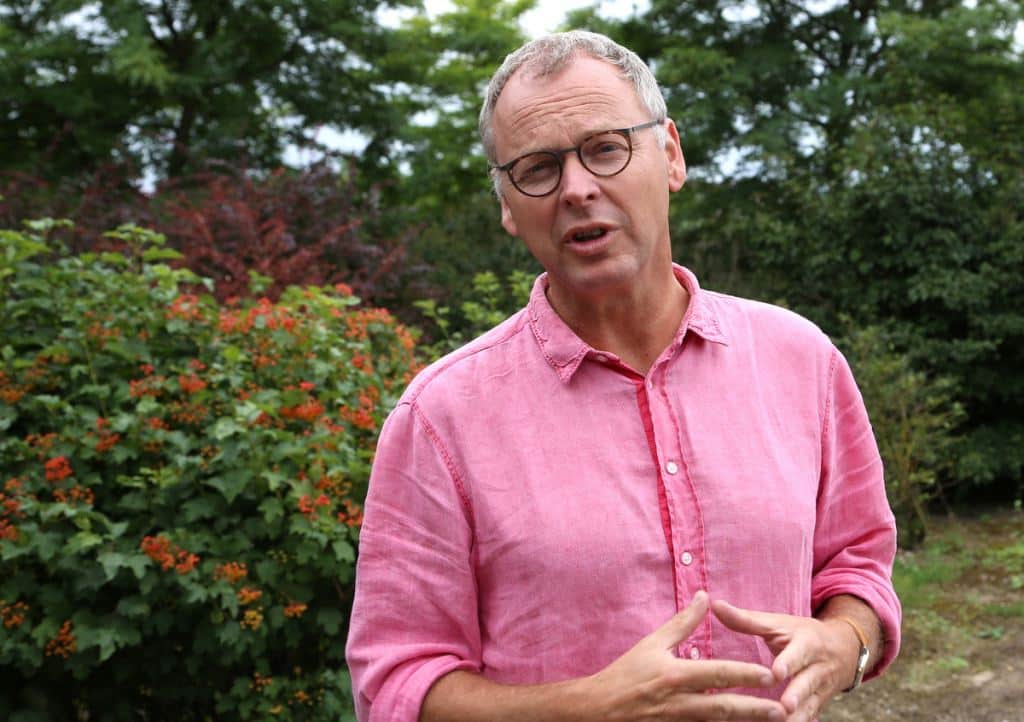
This week is Photonics Application Week in and around Eindhoven. Reason enough to take a good look at what this promise really means. Today part 2 with a look at the importance of PhotonDelta. Here the previous episodes.
[box]
PhotonDelta was founded in 2016 as a project of the Eindhoven University of Technology and is supported by the Province of Noord-Brabant and Brainport Development. It is an EU-wide organization with an emphatic Brabant accent; the headquarters is still on the campus of the Eindhoven University. Since July 2018 PhotonDelta has been developing as a public-private organisation into one of Europe’s leading digital innovation hubs, in which “research and development are actively linked to the best business practices”. The activities of PhotonDelta are partly financed with a subsidy from the Operational Programme South Netherlands (OPZuid) of the European Union. This programme stimulates innovation in three Dutch provinces by strengthening initiatives between industry, research institutes and government. PhotonDelta is active in themes such as agriculture, healthcare, data communication and aviation – the sub-areas where the use of photonics can make products much lighter, cheaper, faster, more sustainable and smaller. To this end, the organisation develops so-called ‘product roadmaps’ with teams to coordinate knowledge and relevant technology in order to accelerate the time-to-market. Photonics often works together with electronics. It’s not necessarily a substitute.
[/box]
The fact that photonics is a promising technology, a solver of existing problems and an enabler of all kinds of new applications, friend and foe are convinced of this. But lack of investment, fragmentation of activities and insufficient knowledge among potential users have long been an obstacle to the real breakthrough. But that is what PhotonDelta is solving.
Disruptive innovations
In its short existence, PhotonDelta has built up recognition as one of Europe’s leading innovation hubs. This was mainly done by connecting to existing initiatives, expanding them and linking them to new initiatives. All this from the awareness that a fragmented approach in Europe will never lead to an increase in scale, let alone to a good competitive position in relation to Asia and America. “Disruptive innovation arises when young companies in this sector gain access to the knowledge already gained by high-tech companies and institutions for applied research”, says director Ewit Roos.
Much of PhotonDelta’s energy is aimed at convincing governments and companies to invest in this new technology. Over the past ten years, subsidies to support research and innovation in SMEs have already increased tenfold to around 100 million euros per year. “But we all know that the pace could increase if that amount were ten to twenty times as high. This is already the case in the US and parts of Asia. PhotonDelta is, therefore, taking the lead in doing something about this in Europe.”
Light particles as the motor for new breakthroughs
The importance of photonics – both technologically and socially – is undisputed for Ewit Roos. “When the further development of the current generation of chips stagnates, then light particles, i.e. photons, instead of electrons will be the engine that will enable new technological breakthroughs.” However, according to him, many photonics companies are currently running into limits in the production of the necessary photonic integrated circuits, also known as PICs. “Production efficiency must be increased, as must the reliability of these chips. And standards must be set for their packaging: connecting the photonic chips with the outside world. PhotonDelta wants to tackle these challenges and thus become a global leader in integrated photonic systems.”
In the EU, innovative SMEs make up an estimated 80% of the photonics sector. PhotonDelta helps them to increase their scale. Roos: “We are working hard to connect and coordinate initiatives to help them do so faster. Our efforts are aimed at tapping into new funding and research resources that have not yet been explored.” The fact that this policy is gradually beginning to bear fruit is demonstrated by the extra stimulus of a quarter billion euros that State Secretary Mona Keijzer (Economic Affairs) was able to announce in the summer of 2018.
The video (partly Dutch) gives an impression of the activities of PhotonDelta. The text continues under the video.
Presentation Strategic Plan for PhotonDelta Public Private Partnership from Photon Delta on Vimeo.
Eindhoven’s leading position
It is no coincidence that PhotonDelta has its headquarters in Eindhoven. There are already several companies and world-class research centres around photonics, as is the case around Nijmegen and Twente. “We have acquired a leading position in the field of optics, photonic integration and nanotechnologies. But in order to maintain an important global impact, we must encourage as much cooperation as possible. Put an end to the fragmentation that is now threatening to develop.”
“The aim is to combine the entrepreneurial spirit of young companies with the knowledge of large companies”
The next step Roos sees in the connection with companies that currently do not yet sufficiently understand the usefulness of photonics. “It is now time to approach the non-photonic companies that, we believe, can benefit from some form of integrated photonics or have already approached us for help in scaling up their business. The goal is to combine the entrepreneurial spirit of young companies with the knowledge of large companies.”
Smart and clean industry
The provincial authorities in Noord-Brabant, Overijssel and Gelderland have already made a strong commitment to the European photonics industry, says Roos. “Europe’s fourth industrial revolution begins in regions where researchers and entrepreneurs productively collaborate on innovation. Photonics is a smart and clean industry. There is a strong sense of urgency to move on to the next phase. We have a head start, but we must not forget that other countries are not far behind – and competition in other parts of the world is supported by hundreds of millions.”
[box]If the advantages of photonics over traditional electronics become apparent somewhere, it is in industries where weight, space, speed or energy consumption play an important role. All these aspects come together in the aircraft industry. Not surprisingly, Airbus recently approached Technobis for a solution to incorporate 6,000 new sensors in an aircraft, so that even more functionalities can be measured. Normally three copper wires are needed per sensor, but the weight and space that this takes up would be unacceptable. With photonic chips – including a few glass fibre lines – this is completely fixed with only a few hundred grams of extra weight.[/box]
(with the cooperation of Jonathan Marks, editor-at-large at PhotonDelta)
Photo White Rose: (c) Jonathan Marks


